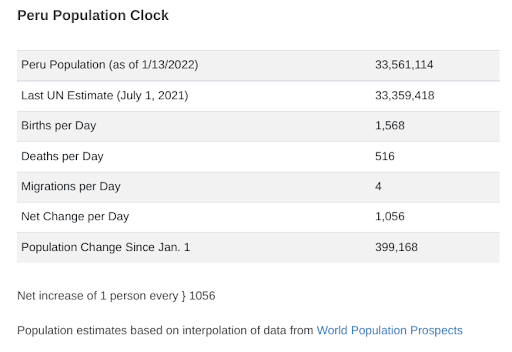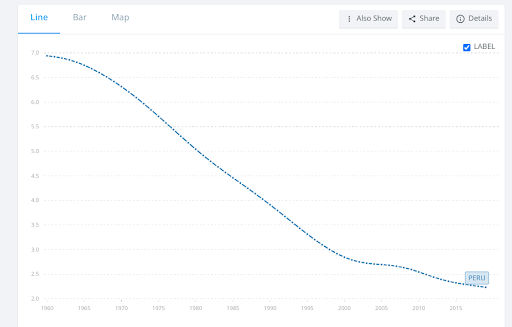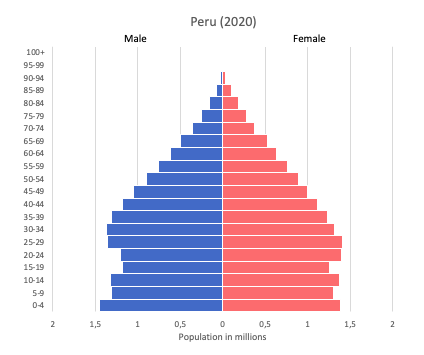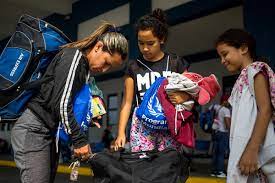Introduction
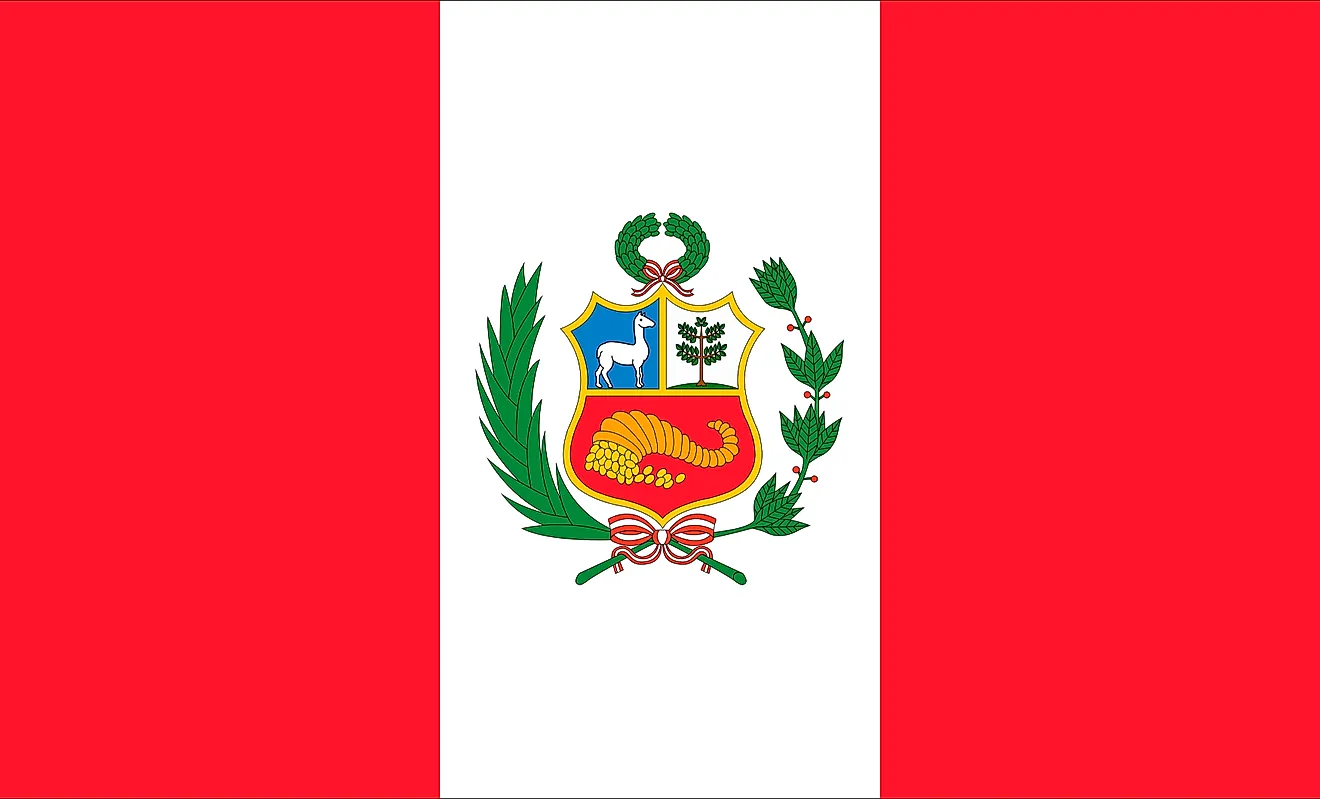
This unit will go over the demographic features of populations, such as birth rates, death rates, and life expectancy, and is critical to understanding population dynamics. The course will also discuss how the distribution of people affects all other aspects of human geography. Peru is situated in Western South America, South of Ecuador and Colombia, and North of Chile. Some of the major land areas of Peru are its habitats that range from arid plains in the Pacific coastal region, the peaks of the Andes Mountains extending from the Southeastern part of the country to the Northern part, and the Tropical Amazon Basin Rainforest in the East along with the Amazon River. Important sites in Peru are the City Of Machu Picchu and the Capital City, Lima.
